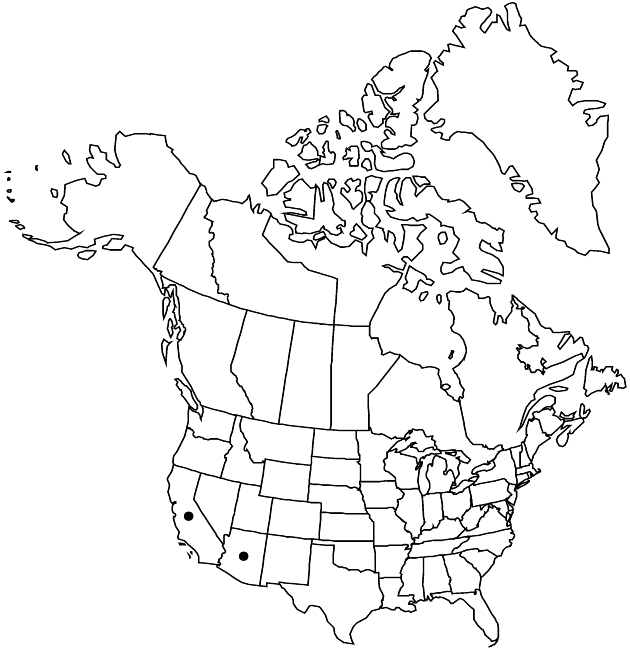Difference between revisions of "Ambrosia ambrosioides"
J. Arnold Arbor. 45: 410. 1964.
imported>Volume Importer |
RevisionBot (talk | contribs) m (Bot: Adding category Revised Since Print) |
||
| Line 88: | Line 88: | ||
}}<!-- | }}<!-- | ||
| − | -->[[Category:Treatment]][[Category:Ambrosia]] | + | --> |
| + | |||
| + | [[Category:Treatment]] | ||
| + | [[Category:Ambrosia]] | ||
| + | [[Category:Revised Since Print]] | ||
Latest revision as of 14:28, 15 December 2020
Shrubs, 60–150+ cm. Stems erect. Leaves mostly alternate; petioles 10–35 mm; blades lanceolate to narrowly triangular, 50–150+ × 18–55+ mm, bases truncate to cordate, margins coarsely toothed (not spiny), abaxial and adaxial faces ± hirsutulous and glanddotted. Pistillate heads clustered on lateral axes, proximal to staminates; florets 4–5. Staminate heads: peduncles 2–4 (–12) mm; involucres ± saucer-shaped, 4–6+ mm diam., ± hirsutulous; florets 40–60+. Burs: bodies ± fusiform, 6–8+ mm, stipitate-glandular, spines 60–80+, scattered, subulate, 4–6 mm, tips uncinate. 2n = 36.
Phenology: Flowering Mar–May.
Habitat: Sandy soils, washes, banks
Elevation: (100–)500–1000+ m
Distribution

Ariz., Calif., Mexico (Baja California), Mexico (Baja California Sur), Mexico (Chihuahua), Mexico (Durango), Mexico (Sonora)
Discussion
Ambrosia ambrosioides has been reported from California; it may occur there.
Selected References
None.
Lower Taxa
"stipitate-glandular" is not a number.